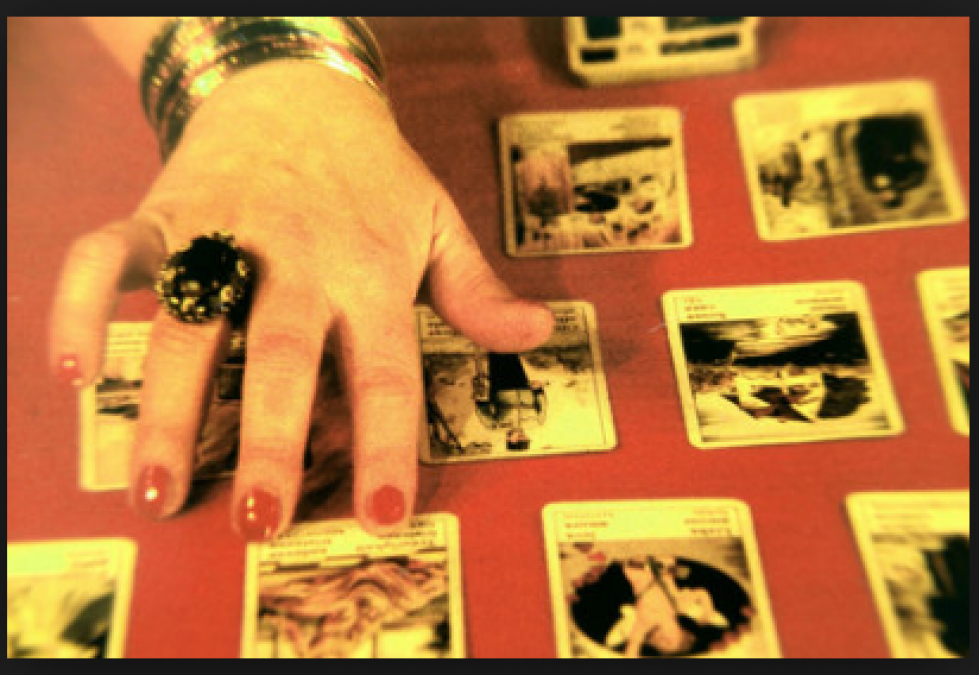
Tarot cards are one of many forms of divination. They are commonly used to measure potential outcomes and evaluate influences surrounding a person, an event, or both. The technical term for tarot reading is taromancy (divination through the use of tarot cards), which is a subsection of cartomancy (divination through cards in general). Tarot readers commonly believe that the future is fluid and absolute predictions of future events are impossible. Thus, when they interpret tarot card layouts, they focus on identifying the possible outcomes for person receiving the reading (called the "subject"), as well as examining influences related to the issue at hand.
Tarot readings are intended to arm the subject with additional information so that they may make more informed choices. It is an avenue of research for subjects who face difficult choices, but should not be seen as any guarantee of ultimate outcomes.
Standard tarot decks have two types of cards: Major and Minor Arcana.
The Minor Arcana are similar to a deck of regular playing cards. They are divided into four suits (Wands, Cups, Swords, and Pentacles). Each suit contains ten cards numbered 1 through 10. Each suit also includes face cards referred to as the page, knight, queen, and king.
also read Mythical Love Story: Immortal love Legend describes in scripture
The Major Arcana are stand-alone cards with their own unique meanings. These include cards like the Devil, Strength, Temperance, the Hanged Man, the Fool, and Death.
Few readers would suggest that anyone could pick up a deck of tarot cards and produce a meaningful reading. Often, the cards are viewed as having no power at all and are simply a helpful visual cue to aid the reader. Others believe there is some power in the cards that accentuates the reader's own talents, which is why they will only work from their own decks.
also read Quran: Origin and writer; Unknown fact about scripture